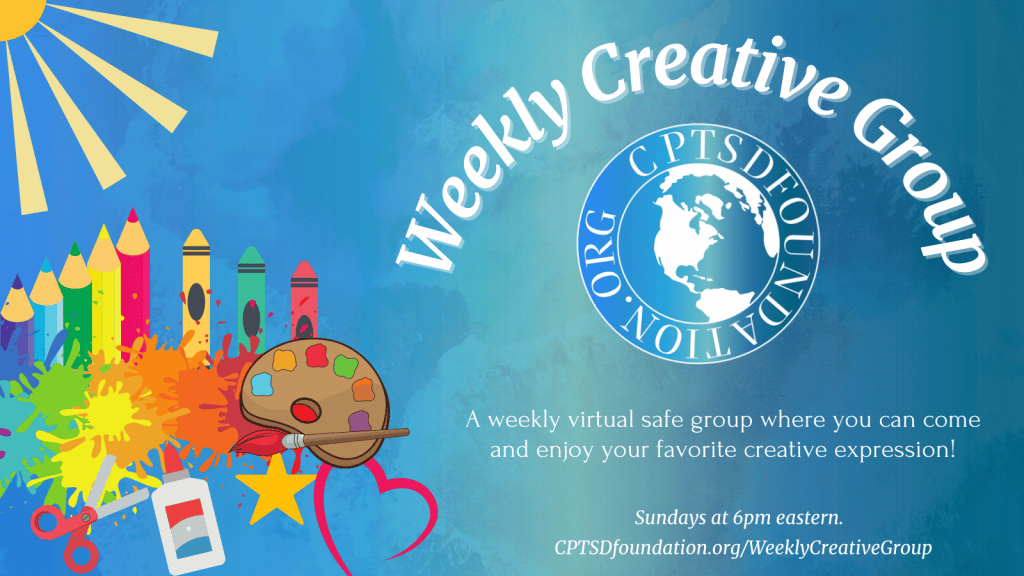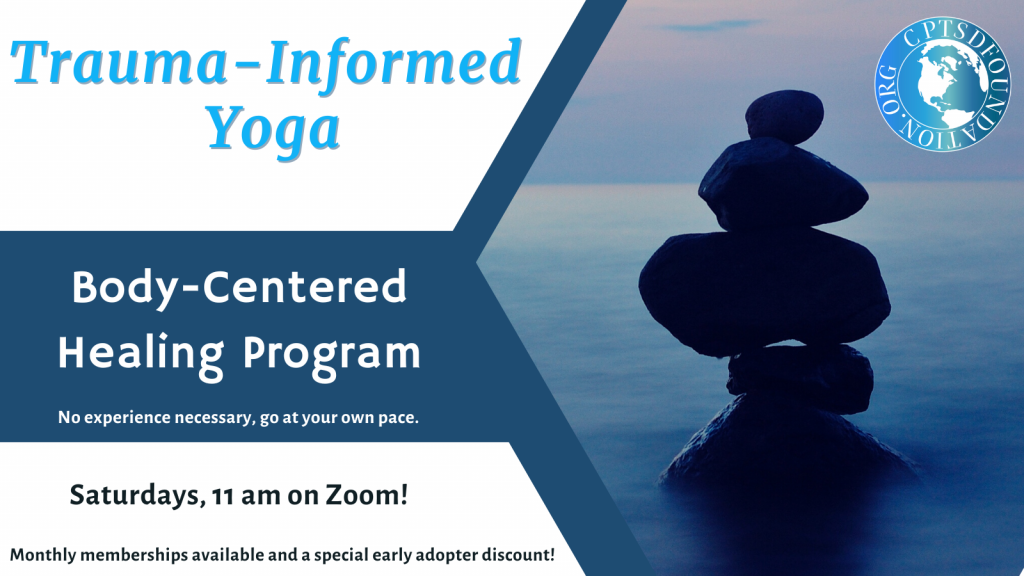The scene: a quiet Sunday evening at home. I was doing a routine password change on my online accounts. The first password to change was for my email and its cloud backup. This is where I store my entire digital life.
My attempt to change the password threw an unknown error. I went back to the login page, clicked “forgot password,” and followed the prompts.
Done!
A little later, I went to access my Drive to view something completely unrelated. A banner in bold, bright red font loomed over the page:
“Your files are no longer accessible due to a password reset. Re-upload the old encryption key to regain access.”
What on earth? My eyes darted around the page, and I gasped in horror. My heart stopped as I saw a completely blank drive. A wave of panic swept over me, and my knees went weak. I clicked on the banner. It asked me to type in a previous encryption key or an old password.
I rummaged through the old passwords in my password booklet. I found the most recent one and translated my own secret morse code from the paper to my screen. (My passwords on paper aren’t the exact passwords; I change them up according to a pattern I’ve memorized, and those are the real passwords.)
“Zero keys reactivated.”
More panic.
Let me try my password from two weeks ago…
Even with five or six old passwords, the same message kept popping up.
I must have set an encryption key when I set up this email. Where would I have kept it?
Nope. I never set one up.
Why didn’t you take five seconds to set up an encryption key, Natalie? You’re so lazy.
Panic had given way to full-blown self-punishment.
Losing my entire life
I paced frantically. I couldn’t even begin to catalogue everything I lost. I kept everything there–my photos, documents, all the notes from my healing journey for the book I was going to write one day, medical records, college transcripts, data projects, my tax returns, etc. I hadn’t backed up my files since forever because I hadn’t made the time to do so. I was so mad at myself.
This can’t be happening.
I submitted a contact form to the support team. The subject line: “PLEASE HELP!”
C’mon now, Natalie, there’s no need to scream at them. It’s not that serious.
But it is serious. I NEED these files!
I calmed myself down and erased the all-caps.
Pouring my desperation out, I told them how important it was I get these files back.
Ping! My email sang at me a few minutes later.
Woop! They responded.
“Thank you for contacting us. We’ve received your support request. We’ve assigned the request to our appropriate team, they will get back to you as soon as possible.”
But I need you to contact me RIGHT NOW!
Just breathe, Natalie. Everything is going to be just fine. You’ll get your files back, and all will be right in the world.
Tossing and turning
I went to bed preparing for the worst-case scenario. I began rationalizing the reasons why everything would be fine, even dandy, if all my files disappeared permanently.
There’s nothing super important on there. I barely had any photos from the past because I was living in seclusion. I deleted most of them because they reminded me of too much pain. Even in the ones I wanted to keep, my smile was so forced, and I looked so sad. I don’t want to remember what Natalie looked like. She was overmedicated, dissociated, terrified, and pretending to be someone she was not. Maybe it’s a good thing those photos vanished into the ether.
The notes for the book I was going to write one day? I started writing those a year ago when I was locked in the depths of my despair. That’s not the place I want to share my story from. I still had so many emotions I hadn’t worked through. I still couldn’t fathom what had been done to me, and my mind was disjointed. Things that were so “big” back then are minuscule and even non-existent today. Maybe it’s better that I don’t remember where my head was during that time.
All my medical records? I don’t want to rehash the past anymore. My recovery is progressing so well that I’m nearly to the point where trauma and survival aren’t full-time focus anymore. Why should I continue to wallow? Most of the records were riddled with lies anyway, crafted from biases of the providers who thought they knew me better than I know myself. If I really need these medical records in the future, I can always request them.
What if I need my tax forms from previous years for the next time I file taxes? I can do without those. Who cares about taxes, anyway?
The next morning
I woke up the next morning to an email from the support team. The customer service rep had just copied and pasted a standard answer that I had already found on a web forum.
Frustrated, I responded quickly, “I’ve already tried all this. There’s really not anything you can do to restore my files?”
The next response was what I expected–because the entire email service is encrypted, and I had not set up an encryption key yet. Bottom line: there was nothing they could do.
A test of acceptance
There was no point in trying anymore. My files were gone.
Had this happened even a year ago, I would have obsessed about this for a painfully long time, punishing myself for a lack of foresight. However, once I got the final answer that there was truly nothing the support team could do, I felt an almost immediate wave of acceptance wash over me.
To tell the truth, I felt liberated. Not everything on my Drive was replaceable, yet I realized that I didn’t actually want to replace them. Everything on the Drive was a remnant of my old life.
Starting fresh
This loss was a chance to start fresh. It was time to begin a new life, build new memories, take new photos, and write my story from a place of healing and wisdom gained from all I’ve survived. Everything I need has always been within me, is still within me, and will always be within me. My Drive echoed with outside voices–medical providers, friends who never were worthy of the title, and even the person I used to be. There was no need to hold on to how others wrote my story. I know what I’ve survived. I know the lengths I’ve traveled to find answers.
Losing my Drive was a metaphor of how much progress I’ve made. During my recovery, I have worked tirelessly to shed 99% of my past and move toward the future. Perhaps my own technology, through its sneaky schemes, was trying to whisper something in my ear:
“There’s no need to continue to dwell in the past. You don’t live there anymore. Your life now is the life you always deserved.”
Moving forward fearlessly
To heal, I had to confront my demons, stare down the memories that violated me, and learn to hear my own voice again. I refuse to wallow. For a while, I put everything on pause and moved to a cabin in the woods in the middle of nowhere, which gave me the opportunity to slow down and mindfully decide my future path. Losing my files was the push I needed to completely move forward.
As I write this, it’s been a few weeks since my files were lost. Today, I feel liberated. I can’t believe how concerned I was about getting every single file back. I don’t want to remember who that Natalie was. She wasn’t the real Natalie. With each passing day, I immerse myself deeper into the freedom that I have today, living my new life. I’m feeling wonderful, and the hard work has paid off. The real Natalie is back. I’m almost completely “graduated” from therapy. Any remnants of my old life don’t belong in my subconscious or on my computer screen. The past is over. It doesn’t haunt me any longer–nor do I need to hold on to computer files.
I no longer look back at the past to grieve, hurt, or regret. I only look back to reflect on all the progress I’ve made and to feel proud of my perseverance. I always knew I had it in me. I am excited to start fresh with a new Drive and fill it with files that reflect the peaceful, free, and joyous me.
“To let go is to release the images and emotions, the grudges and fears, the clingings and disappointments of the past that bind our spirit.”
~ Jack Kornfield
Photo by Norbert Levajsics on Unsplash: https://unsplash.com/photos/apple-imac-on-wooden-desk-near-window-BMYQaySauY0
To my readers who have been following my journey: I am excited to share that I have created a personal blog called “Little Cabin Life.” This blog chronicles my healing journey, where I share my experiences and the things I am doing to support my recovery. You’ll also find tips that have been helpful to me along the way. If you’re interested in following my story, please feel free to visit www.littlecabinlife.com.
Photo by Ilya Pavlov on Unsplash
Guest Post Disclaimer: Any and all information shared in this guest blog post is intended for educational and informational purposes only. Nothing in this blog post, nor any content on CPTSDfoundation.org, is a supplement for or supersedes the relationship and direction of your medical or mental health providers. Thoughts, ideas, or opinions expressed by the writer of this guest blog post do not necessarily reflect those of CPTSD Foundation. For more information, see our Privacy Policy and Full Disclaimer.

My name is Natalie, and I am a survivor of about 13 years of absolute psychological torture from Complex PTSD symptoms. For the longest time, I thought I was inherently sick and broken beyond repair. I spent over a decade running around in circles in the medical system trying to figure out what was “wrong” with me and how to “fix” it.
♡ What is Complex PTSD? ♡
Complex PTSD symptoms come from severe, prolonged, and numerous incidents of trauma, typically of a relational nature. Symptoms can come from any type of trauma, though, and the trauma doesn’t necessarily have to stem from childhood — adults can develop CPTSD as well. Trauma can damage the brain and shrink the hippocampus, causing many of the symptoms of CPTSD. I decided to go public with my story to be a voice for the voiceless. There are too many survivors being told CPTSD is a lifelong sentence, and they are not being given the tools they need to overcome their symptoms.
♡ My Story ♡
I endured multiple types of traumas starting at around age thirteen, including numerous situations of both individual and large-group interpersonal cruelty. Some of these situations forced me to switch environments. My body couldn’t fathom what was happening, and my nervous system shut down. I saw danger everywhere, operated in a panicked survival mode, and lived in fear, anxiety, and isolation. I did my best to appear “normal” on the outside, keep a smile on my face, and control what was happening on the inside, distracting myself with extreme workaholism and doing nice things for others. I took active steps to keep branching out in confidence again, but these traumas kept piling onto each other and overlapping. I wasn’t ready to give up yet, though, because I knew my family and friends would be distraught if I did. The most difficult and heartbreaking part of my story is that the two communities I set out to seek healing in—religion and the medical system itself—caused further trauma when some religious leaders, congregation members, and medical professionals chose to take advantage of my vulnerability for their own motives. In most of these situations, I didn’t even realize I was a victim until outsiders pointed it out for me and that my vulnerability made me a target of malicious people. Each future situation of being targeted was just salt on the wound of the original incident.
♡ My Struggles to Find Answers ♡
What I went through all those years was so severe, and my symptoms and physical body reactions as a result were so excruciating that I went as far as to see a neurologist, concerned that my symptoms were the result of some sort of nervous system disorder. However, he returned with no paperwork in his hands to inform me that there was nothing wrong with me but that I was simply completely traumatized, and my body reacted accordingly. I finally realized that my symptoms were not the result of an inherent mental or physical illness and began to take a trauma-based approach to my healing after many years of believing that I was “sick” for the rest of my life. My true progress began when I finally rejected the lies that were told to me that I would have to manage my symptoms for the rest of my life and made the decision to believe that I was fully capable of healing from my excruciating pain.
♡ Finding My Own Healing ♡
I am excited to share tips for natural, somatic, and holistic healing that have helped me overcome things like dissociation, flashbacks, sleep challenges, anxiety, hypervigilance, and more. I began to pursue unique methods of healing after many years of not seeing much progress through westernized care, and this was the catalyst for fast-tracking my healing. I aim to help survivors overcome their feelings of self-guilt, blame, and humiliation and help them realize that their bodies had normal reactions to abnormal situations.
I’m so glad I didn’t give up when my pain felt unbearable. I know what I’ve survived. I know the work I’ve put in to overcome it. I am finally living a life of consistent peace and contentment, and I am sharing my story from the other side. I hope to encourage other survivors that there was never anything wrong with them to begin with and that they are capable of living healthy, happy, and fulfilled lives. I aim to live my life in love of both others and myself, understanding that everyone has a story of their own. I am grateful to the CPTSD Foundation for giving me an opportunity to share my story.
♡ Personal Blog ♡
To learn more about my healing journey, please visit my personal blog, “Little Cabin Life,” at:
littlecabinlife.com





Thank you. I’ve lived this. I’ve walked it. I love you. I appreciate you. This helped me.
Nearly 4 years after my diagnosis, I realize that patience is love in waiting, and love is what I strive for. Patience with myself came first, as I can tell you also know.
Thanks for writing. It truly helps, and I can tell you understand.
c
PS. I’ve also been journaling for years and want to write a book. I can completely relate to losing certain writings over the years. I am so sorry you experienced that. I agree the freedom is in letting go.
God’s story (who we really are) will always be preserved and reveals itself best when letting go. Those preserved parts were threatened and still try to redefine the world, but when we do this kind of healing, they get their own voice back and have a lot to share.
All we have to do is be who we were created to be. Our worthiness was granted at birth. What happened to us afterwards? That’s why we are healing together as a group.
But there’s a root. And you’re writing taps into it. I don’t comment often if ever but relate at a root-level to your words. Thanks again.
*Your writing. geez.
Connie –
Thank you so much for your heartfelt comment!! It made me very happy and encouraged to know that my writing isn’t going into a void. I am SO grateful that you could relate to my words so deeply. I agree! We will continue to be who we were created to be… with lots and LOTS of patience!
Lots of love and peace to you during this holiday season. Hope to see you on future articles of mine. ♡
Natalie